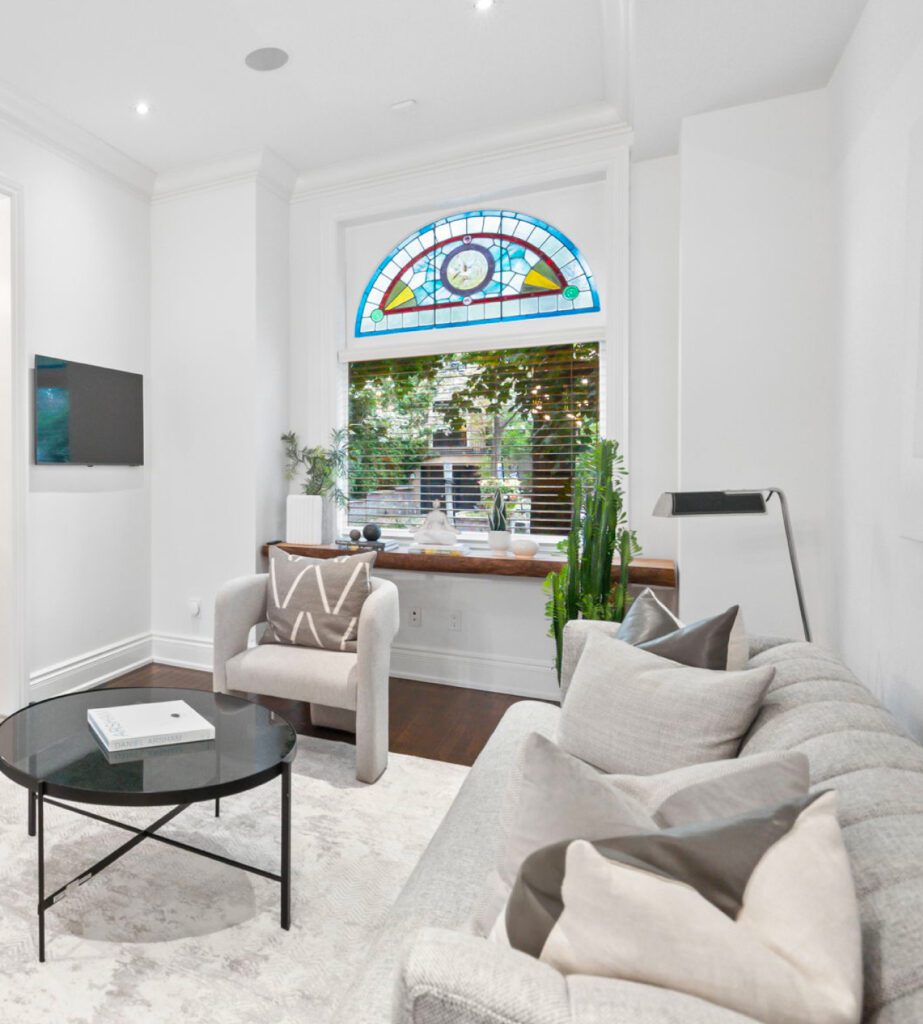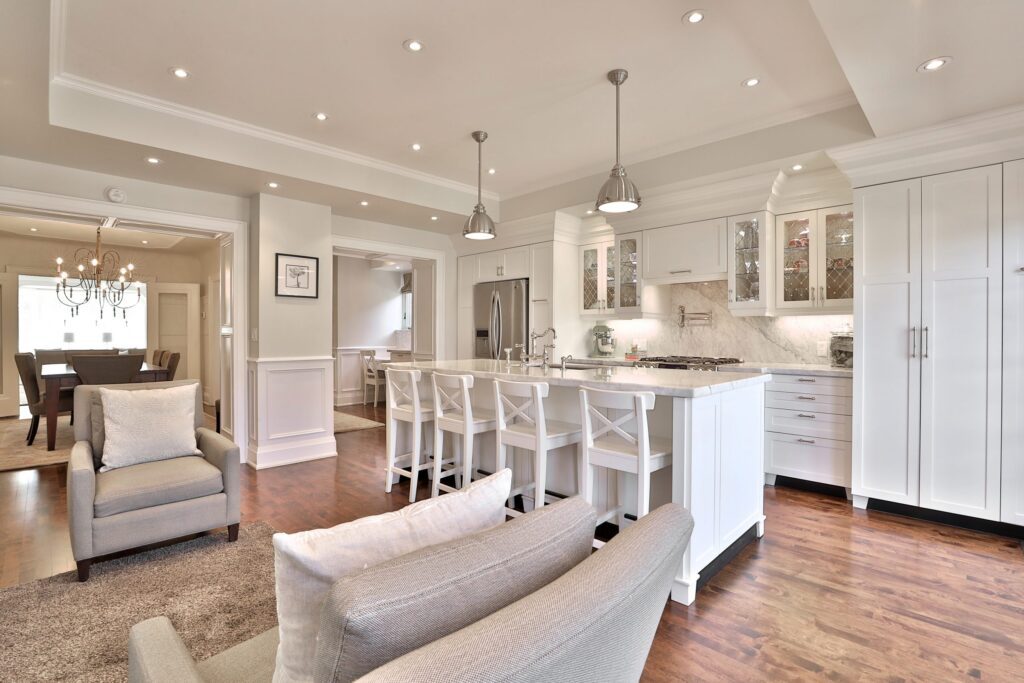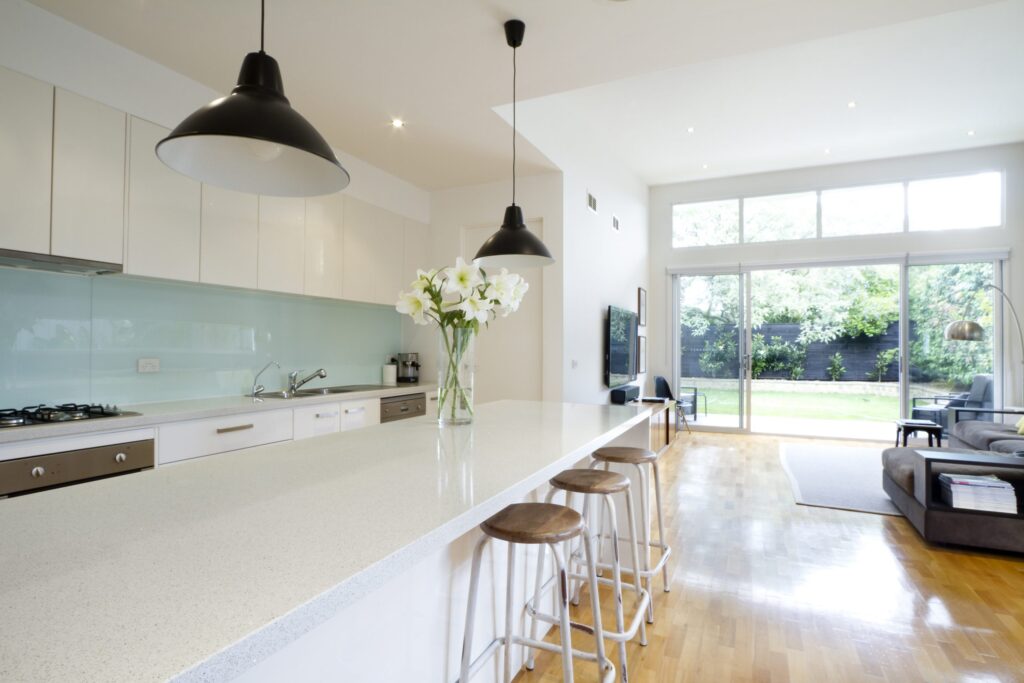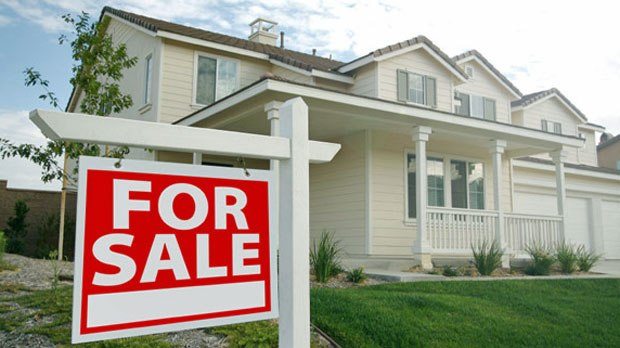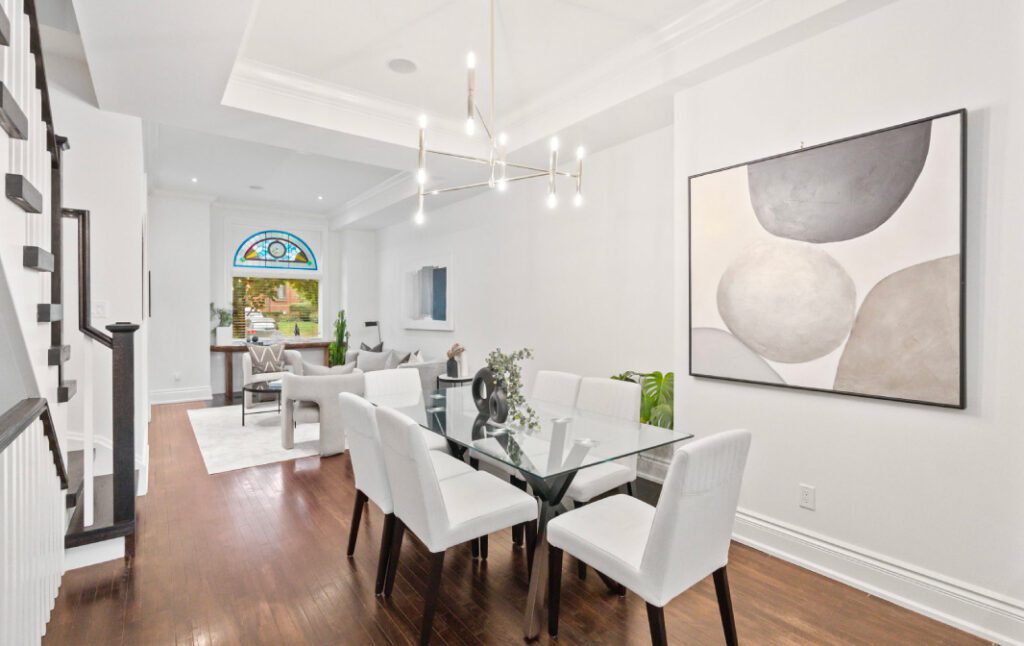With the warmer months now upon us, hopefully we can start to leave the spring cleaning behind, move on from the renovations and repair, and enjoy all that the season has to offer. Of course, with the lightened workload and holidays that many families have during the summer, much time is spent in and around the home and many will look to maximize the comfort of their surrounding space. Here are a few simple tips to improve home comfort while reducing energy costs.
Ceiling Fans
Whether it’s cooling in the summer or heating in the winter, a ceiling fan is one of the most economical means to achieve a comfortable temperature, and keep the air circulating. Not only are ceiling fans, on average, 19 times more efficient than central air conditioners, they help maintain a comfortable room temperature. So, whether in conjunction with an air conditioner or on their own, ceiling fans will help conserve energy costs while improving home comfort. The designer in the family will also be pleased to know that today’s fans come in an array of sizes, styles, and finishes. So, regardless of the size and décor of a room, there is a fan to accommodate any space.
Outdoor Lighting
Despite being one of the first things visible to us as we approach a home, outdoor lighting is regularly underutilized throughout our neighbourhoods. Many homes are completely dark while those that employ some exterior lighting scheme typically use fixtures that are quite small in proportion to the home. Not only will a good outdoor lighting plan add security to the home, it has excellent decorative benefits, as well. Landscape lighting can be used to highlight trees and plants, emphasize the texture of brick or stone, enhance architectural features, or simply light a path to the doorway. With the advancement of LED bulbs and fixtures, which use far less power than traditional lamping options, there is no longer any excuse to keep your home in the dark.
A further addition to outdoor lighting would be the smartphone apps which are compatible with many dimmers, offering homeowners control and options previously unavailable. Today, outdoor lighting can be controlled from anywhere in the world, and programmed to turn on as you approach your house or scheduled to turn on and off with the sunset and sunrise.
LED Technology
The savings homeowners will realize with LED lighting are not reserved exclusively for outdoor lighting. By changing the bulbs in existing interior fixtures to LED, you will see a marked savings in your energy consumption. As an example, a room which currently has 10 halogen pot lights uses around 500 watts. By changing to integrated LED pot lights, the energy consumption would be reduced to 90 watts. Furthermore, as LED technology continues to evolve, we are now seeing fully integrated LED fixtures come in a wider variety of styles. Whether it’s vanity lighting, chandeliers, ceiling fans, outdoor lighting, wall sconces, la

Looking for Toronto market updates?
Sign up to receive our newsletter directly.
